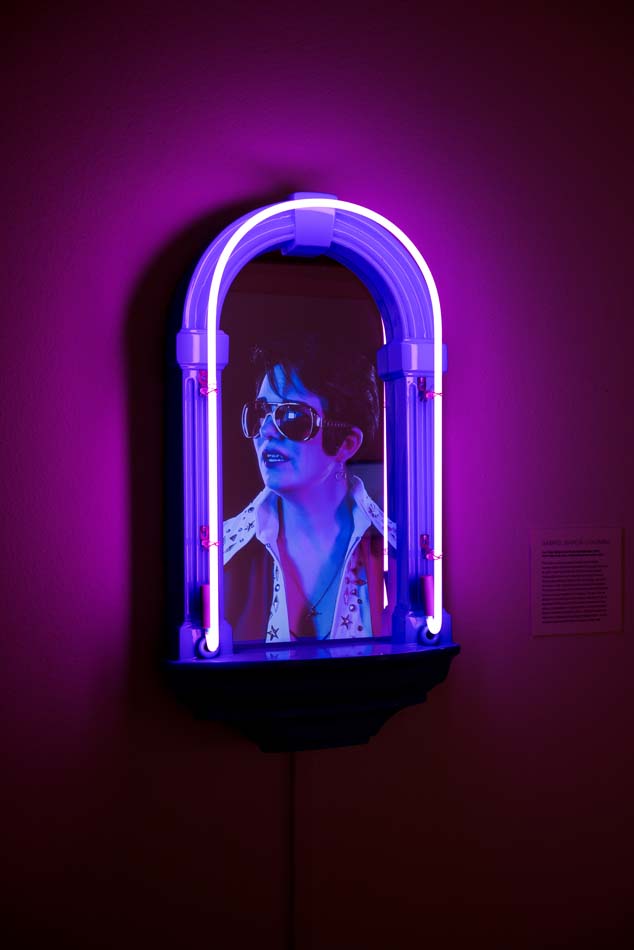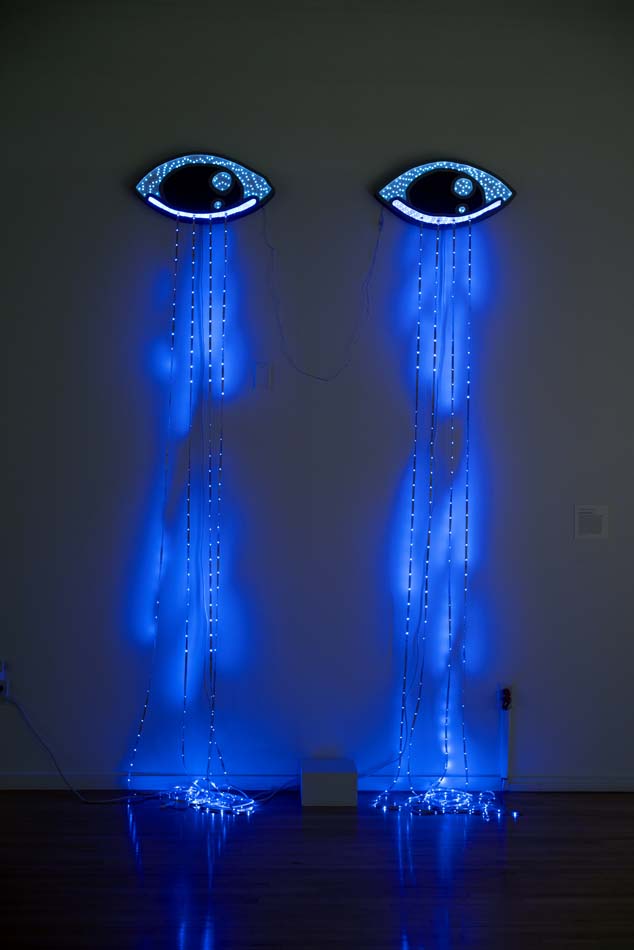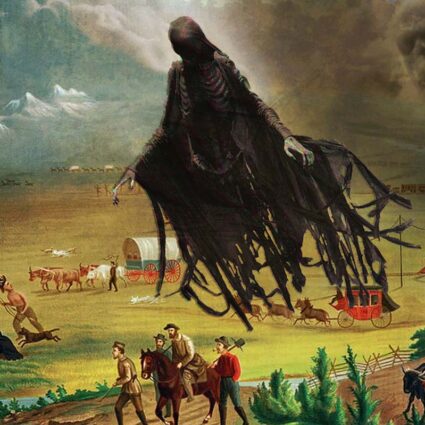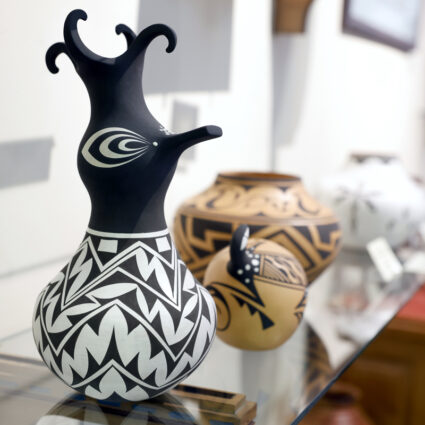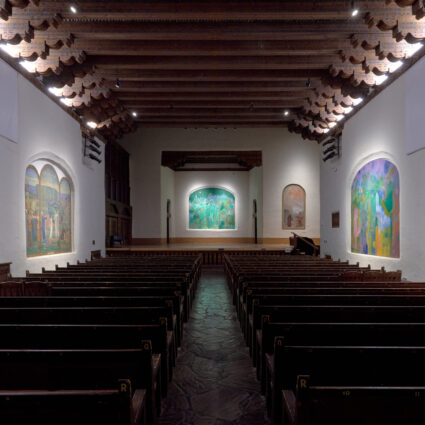The Emotional Show‘s consideration of sentiment and inner sensation has become pronounced in relevance following the terrifying December 6 shooting on the UNLV campus.
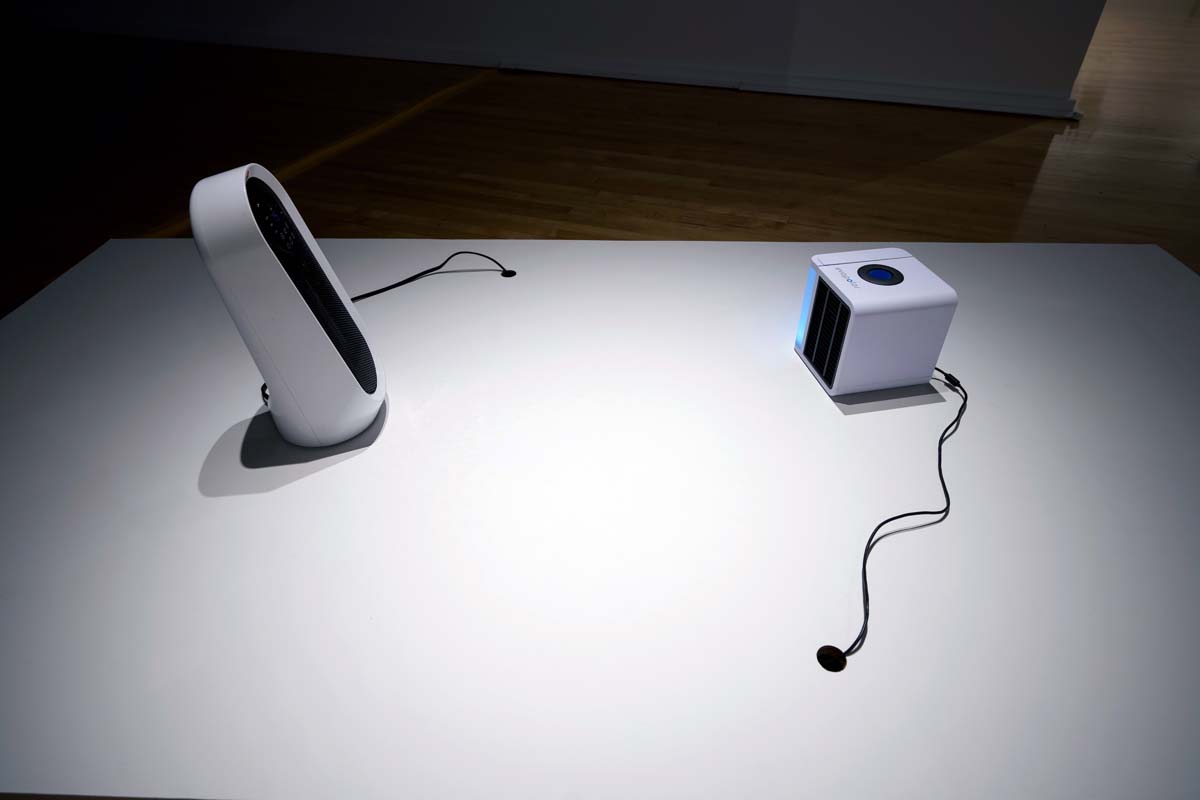
The Emotional Show
August 28, 2023–March 16, 2024
Marjorie Barrick Museum of Art, Las Vegas
The Marjorie Barrick Museum on the UNLV campus has always been a container for feeling. Every work of art it features holds multiple complex themes and ideations. The most recent exhibition, The Emotional Show, brings these already present factors to the forefront, a gambit of sentiment forming a panorama of emotional landscapes.
In the panoply of sensations in attendance, fear and its corollaries present themselves boldly. The work in this show has become pronounced in relevance since the December 6 UNLV campus shooting that had the museum staff sheltering in place with terror and uncertainty.
Setting the tone, Quindo Miller’s Control, alongside two other text-based works, Eventually and Bullshit (all 2014), confront the repetitive relationship with difficult feelings that many of us often have. Along with works that imitate handwritten scrawl on lined paper by Megan Whitmarsh, they serve as a notebook throughout the exhibition of interior incidents that often brace our external lives.
Miguel Rodriguez’s sculptural skills display a radiant dark subtlety. Everything is Fine (2022), a distorted black ceramic bust from which iridescent colors like lava pour from the cranium, and A Weird Black Diamond (2022), a large-scale bisected ebony heart, give heft and weight to unseen and even less explicable anxieties and sorrows. Ali Fathollahi’s Between Two Fans (2018) tries to find a temperate sweet spot by aiming a heating and cooling system at one another, highlighting the elusive nature of balance, internal and external.
A portrait, a choir, a swell (2023) by Jason Lazarus is a transcendent mass of twenty-four sound screens creating a field of anti-audio that is both soothing and unsettling. Gabriel Barcia-Colombo’s Can’t Help Falling in Love (Featuring Heidi Rider) (2022) loops a teary-eyed performance of the Elvis hit in a neon mirror, reflecting performative exhaustion onto the viewer.
Fulton Leroy Washington’s Apparel Collection (ongoing) directly relates to the Black American tradition of funerary shirts with beautiful renderings of different subjects on mundane clothing, in dialogue with the persistence and commonality of collective mourning.
In relation to the ongoing tragedy of American gun violence, giving form to internal worlds may seem futile, yet these expressions are a more civil and adequate way to materialize one’s frustrations. Were our unebbing feed of lone gunmen equipped with greater avenues to articulate their mental states, our collective fears may be abated.
